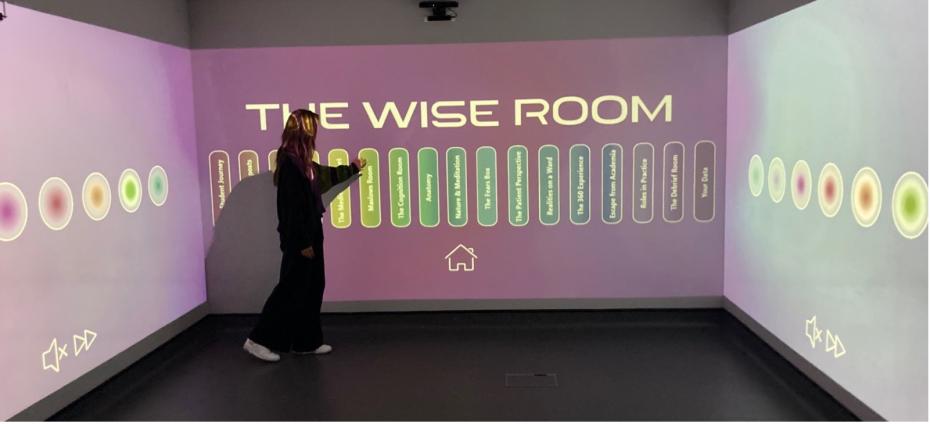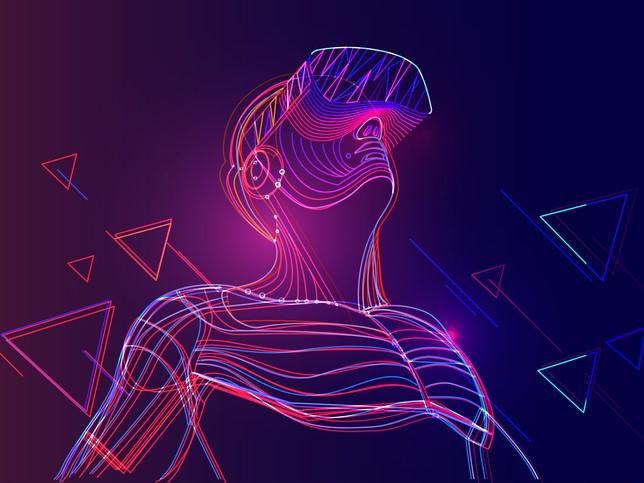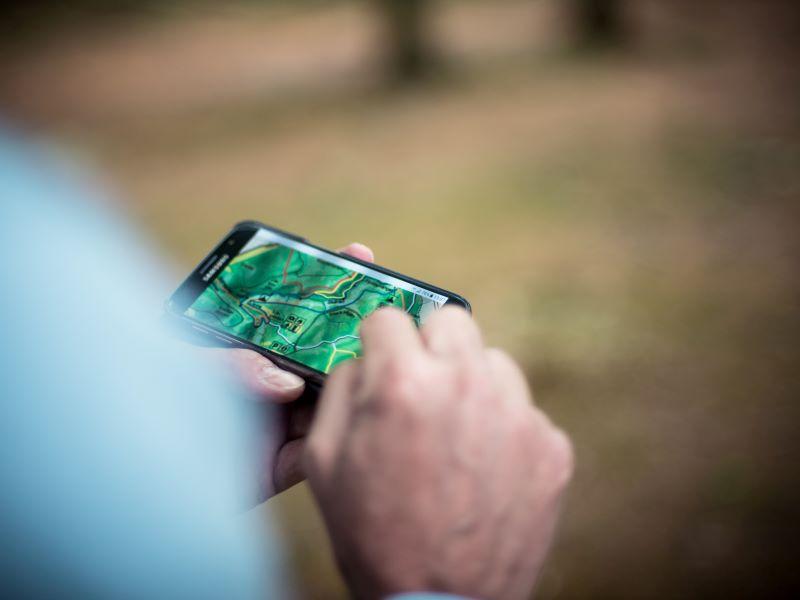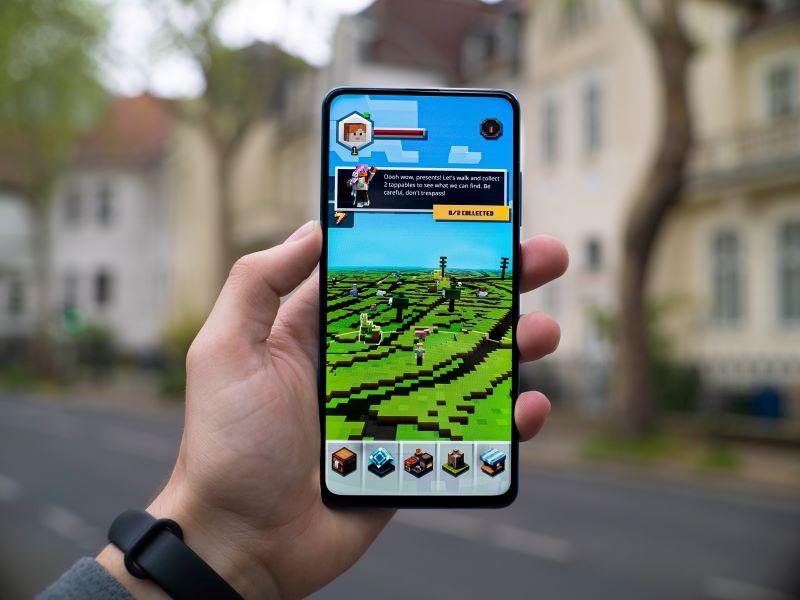
Plunge students into experiential learning with immersive rooms
Tor Alexander Bruce shares advice on creating extended reality rooms and building purpose-designed settings to promote student well-being and learning

I stood inside an immersive room for the first time in 2018. I was a master’s student working with people facing trauma in their lives and I had a hunch that people who came to visit me, as clients, might benefit from standing up and moving as part of their therapeutic journey.
What started with sticky notes on three blank walls containing no technology developed into The Timeline – an immersive interactive mental healthcare experience in an extended reality. I took this forward into doctoral study and the platform formed the basis of another immersive experience, this time focusing on student wellness. This was named The WISE Room, its acronym representing well-being in student education.
This type of digital setting gives students a space where experiential learning and teaching is accessible through the touch of a hand, via embedded sensor commands in the walls. Because of the room’s multisensory features, content can be viewed, listened to and engaged with kinaesthetically. The room offers personalised engagement for a single student or can open up to the entire class, depending on its dimensions. It also gives users the opportunity to physically step back from the subject matter and reflect on their learner journey.
Having developed and trialled two bespoke digital systems in immersive settings, there are four things to consider if you are thinking of creating your own.
Interdisciplinarity is key
The WISE Room is based inside a 4x4m room containing three ceiling projectors. The walls are touch responsive via both hardware and software. Rooms of varying configurations are commonly used in universities and hospitals to perform simulations, such as true-to-life medical scenarios.
We started with a rapid prototype stage, sketching the concept, then arranging meetings with the student well-being team, accessibility advisers and practice-placement leads. This offered insight into who the end users might be and what would be required from the system itself. From here, as part of a team of four academics, we designed qualitative surveys, asking the question: “What features of an immersive room would students and staff find useful to support emotional, academic and placement well-being?” We were working in the context of nursing education which meant we also had to consider the hospital or community-based placements that form a critical, hands-on addition to the curriculum theory.
We collected 175 face-to-face responses and, based on the data, expanded the initial vision for a well-being room to a single space where teaching and learning delivery, as well as well-being and placement preparation, could unfold.
- Answering common questions about immersive teaching
- Using immersive tech to enrich healthcare education
- How to set up immersive VR lessons on your campus
Content creation inside immersive rooms
To generate content, we worked with a freelance developer and leased software called Intuiface to create wireframes. This involves computer-based imagery representing a basic idea of what an end product will look like on the walls of an immersive room. The content creation stage takes a lot of scripting and back-and-forth design discussions.
As a multisensory technology, the immersive room permits anything visual, audio or haptic, broadening the scope of design possibilities in this space. There is also potential to present information chronologically, so learners can work their way from beginning to end and absorb information in bite-sized chunks. We worked with the institution’s technology-enhanced learning team to create 26 videos. The overall content covered topics from Maslow’s Hierarchy and nutrition, to information around medication, human anatomy, cognition and yoga. This could extend to anything curriculum based.
Consider outcomes before technology
There’s a trend in higher education to adopt technology in new ways. Ultimately, The WISE Room is just a room. It need not involve any form of technology to encourage agency, autonomy and experiential learning. If we can first consider the spatial element, then we can build thoughtfully from it. Technology hardware may or may not be required to achieve the goals of immersive learning.
Get ready to iterate
We were recently awarded funding to consider the room with neuroinclusivity in mind. This has led us to view the features and content of the room from a wider, cross-campus perspective – taking into account what students with varying needs might want to experience if this is their room and daily go-to space. In this way, The WISE Room is becoming wiser by the day, adapting to different user needs and incorporating multiple perspectives.
Tor Alexander Bruce is an interdisciplinary researcher in health and life sciences, human computer interaction and human-centred design in the department of nursing, midwifery and health at Northumbria University.


